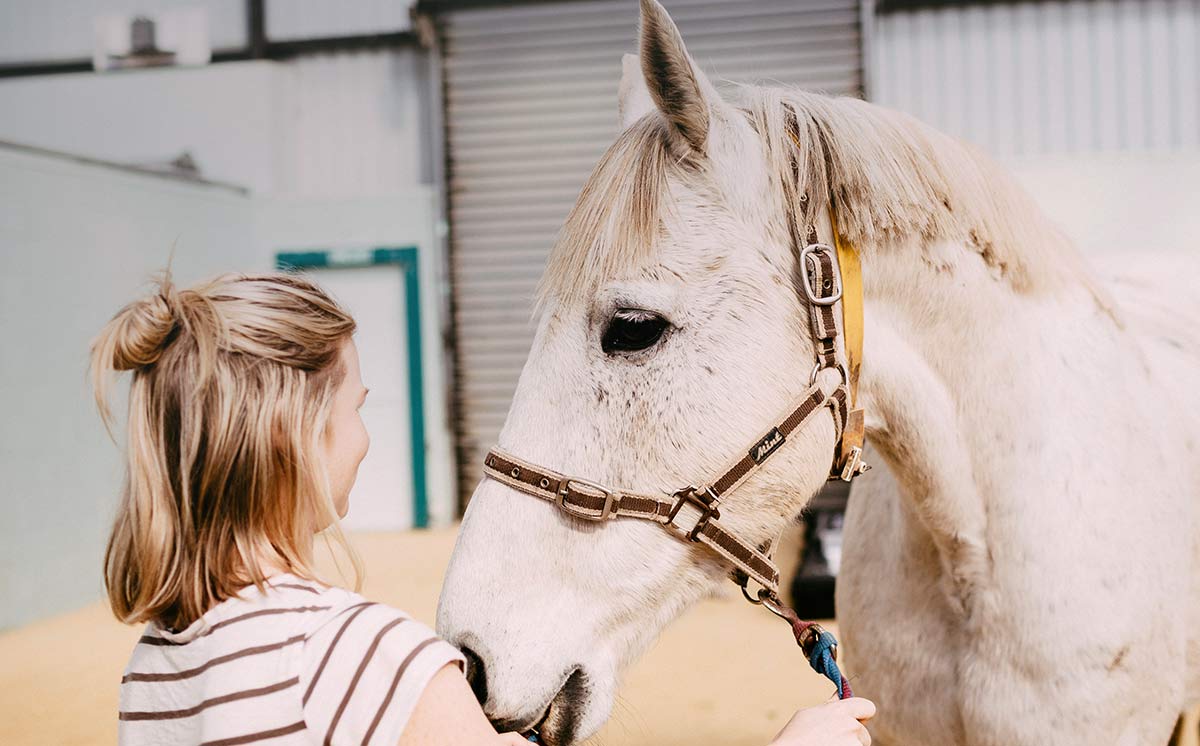About

The performance, soundness, well-being and reputation of New Zealand’s horses continues to improve with the support of the Equine Trust.
Increasing the productivity of the horse industry requires education and the application of scientific research to improve practices. To achieve significant change in our traditional and emerging industries, and improvements in horse health and welfare, education and sustainable industry development must go hand in hand with investments in research. The New Zealand Equine Trust seeks to provide leadership and support in equine education and research in New Zealand.
Research Priorities
- 1 Catastrophic injuries and wastage of racehorses
- 2 Genetic Manipulation
- 3 Laminitis
- 4 Joint Disease
- 5 Equine genome and the implications to Thoroughbred racing
1 - Catastrophic injuries and wastage of racehorses
For AAEP members this came in as #1 for important diseases or disease categories that required further research. Recently AAEP has created an initiative to do epidemiologic studies on 1) endocrine/metabolic
laminitis and 2) overload laminitis (secondary to catastrophic injury and post-surgical repair of severe fractures). Other studies in laminitis have been done using experimental models which has welfare issues.
It is recognized that in New Zealand there is a relative lack of large numbers of cases for study, due to low injury rate (support limb laminitis) but epidemiologic investigation of endocrine/metabolic laminitis as a
subgroup of the proposed AAEP study could be possible.
2 - Genetic Manipulation
For AAEP members this came in as #1 for important diseases or disease categories that required further research. Recently AAEP has created an initiative to do epidemiologic studies on 1) endocrine/metabolic
laminitis and 2) overload laminitis (secondary to catastrophic injury and post-surgical repair of severe fractures). Other studies in laminitis have been done using experimental models which has welfare issues.
It is recognized that in New Zealand there is a relative lack of large numbers of cases for study, due to low injury rate (support limb laminitis) but epidemiologic investigation of endocrine/metabolic laminitis as a
subgroup of the proposed AAEP study could be possible.
3 - Laminitis
For AAEP members this came in as #1 for important diseases or disease categories that required further research. Recently AAEP has created an initiative to do epidemiologic studies on 1) endocrine/metabolic
laminitis and 2) overload laminitis (secondary to catastrophic injury and post-surgical repair of severe fractures). Other studies in laminitis have been done using experimental models which has welfare issues.
It is recognized that in New Zealand there is a relative lack of large numbers of cases for study, due to low injury rate (support limb laminitis) but epidemiologic investigation of endocrine/metabolic laminitis as a
subgroup of the proposed AAEP study could be possible.
4 - Joint Disease
Early diagnosis of joint injury (including subchondral bone injury that leads to fracture). There is many commonalities here between Massey University work and Colorado State University (CSU), with a number of publications already made on imaging techniques such as CT to predict early injury. A recent study at CSU showed serum biomarkers useful with at 79.5% predictability of injury. The long term vision is to use biomarkers to identify a horse at risk and get them into the imaging procedures. The Marilyn Simpson Trust has given $500,000, much of which has been involved in supporting the GERA study in New Zealand, as well as current biomarker analysis of the horses. Further research with biomarkers is critical to identify both early joint disease (allowing early intervention) as well as early stages of stress fracture (to predict severe injury non-invasively).
5 - Equine genome and the implications to Thoroughbred racing
For AAEP members this came in as #1 for important diseases or disease categories that required further research. Recently AAEP has created an initiative to do epidemiologic studies on 1) endocrine/metabolic
laminitis and 2) overload laminitis (secondary to catastrophic injury and post-surgical repair of severe fractures). Other studies in laminitis have been done using experimental models which has welfare issues.
It is recognized that in New Zealand there is a relative lack of large numbers of cases for study, due to low injury rate (support limb laminitis) but epidemiologic investigation of endocrine/metabolic laminitis as a
subgroup of the proposed AAEP study could be possible.
Examples of previously funded projects
These are some samples of projects previously funded by the New Zealand Equine Trust.
See all projects
Jumps racing in New Zealand
Nutrient Management
Jockey Falls and Fitness
Racing Injury Project
